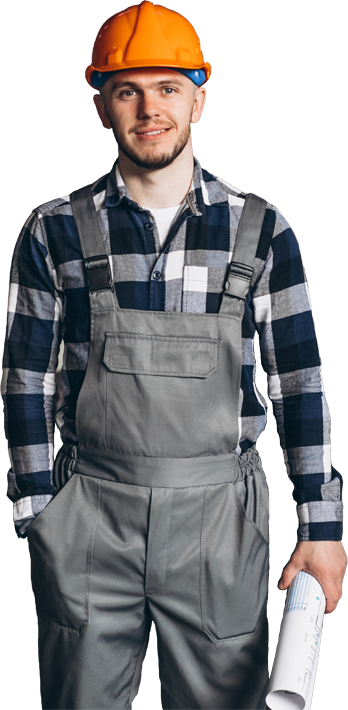UV Stabilizers Enhancing Weather Resistance
UV Stabilizers: Enhancing Weather Resistance
Plastics are used in countless outdoor applications—from automotive parts and garden furniture to agricultural films and roofing materials. However, one major challenge these products face is weather exposure, especially sunlight. Prolonged UV radiation can weaken plastics, cause fading, and lead to early product failure. That’s where additives like UV stabilizers come in. In this blog, we’ll explore the importance of UV Stabilizers Enhancing Weather Resistance and how they help extend the life and performance of plastic materials used outdoors.
Why UV Radiation Damages Plastics
Plastics consist of long molecular chains known as polymers. These chains are susceptible to photo-degradation, a process triggered by ultraviolet (UV) light from the sun. When UV rays penetrate plastic, they break chemical bonds, causing structural damage.
This leads to visible and functional deterioration:
-
Color fading
-
Cracks or brittleness
-
Loss of flexibility
-
Reduced mechanical strength
Outdoor environments like construction sites, farms, and public spaces subject plastic products to constant UV exposure. Understanding how UV Stabilizers Enhancing Weather Resistance work is crucial for preventing damage and maintaining performance over time.
What Are UV Stabilizers?
UV stabilizers are special additives used in plastic production to protect against UV damage. They are mixed into the plastic material during manufacturing, where they help absorb, block, or neutralize harmful radiation.
There are three main types:
-
UV Absorbers: Absorb UV light and convert it into harmless heat (e.g., benzotriazoles).
-
HALS (Hindered Amine Light Stabilizers): Act by capturing free radicals generated by UV exposure, halting degradation.
-
Quenchers: Reduce energy transfer from excited molecules, preventing polymer breakdown.
Each of these plays a role in UV Stabilizers Enhancing Weather Resistance, especially in products that are expected to endure tough environmental conditions for years.
How UV Stabilizers Improve Weather Resistance
Weather resistance refers to a material’s ability to withstand various environmental factors such as sunlight, moisture, temperature changes, and pollution. UV stabilizers are a key part of this resistance—especially in long-term outdoor applications.
Here’s how they help:
-
Preserve Appearance: Prevent yellowing and fading by protecting pigments and dyes.
-
Maintain Strength: Stop polymer chain breakdown, preserving mechanical properties.
-
Extend Lifespan: Delay aging caused by sun exposure, reducing maintenance and replacement.
-
Reduce Costs: Increase durability, lowering the need for frequent repairs or product swaps.
Whether you're making tarpaulins, window frames, irrigation pipes, or plastic films, the value of UV Stabilizers Enhancing Weather Resistance cannot be overlooked.
Industries That Rely on UV Stabilizers
Numerous industries depend on UV stabilizers to ensure product quality and reliability:
1. Agriculture
Greenhouses, mulch films, and irrigation systems use UV-stabilized plastics to handle year-round sun exposure. Without stabilizers, materials degrade quickly, disrupting crop cycles.
2. Construction
Roofing membranes, insulation boards, pipes, and exterior panels require UV protection to survive long-term outdoor installation. Stabilizers help avoid cracking and fading.
3. Automotive
Exterior plastic components like bumpers and trims are vulnerable to UV and heat. UV stabilizers improve both aesthetic longevity and functional performance.
4. Packaging
In outdoor packaging applications, especially for industrial or agricultural products, UV stabilizers help keep packaging materials intact and visually appealing.
5. Consumer Goods
Products like patio chairs, garden tools, and sunshades benefit significantly from UV Stabilizers Enhancing Weather Resistance, helping them stay attractive and durable throughout their usage.
Choosing the Right UV Stabilizer
Selecting the right UV stabilizer depends on several factors:
-
Type of Polymer: PE, PP, PVC, and polycarbonate require different stabilizers.
-
Application Area: A greenhouse cover needs different UV protection than a car bumper.
-
Climate Conditions: High UV index regions like deserts or tropical areas need stronger stabilization.
-
Expected Product Lifetime: Temporary products may need short-term protection, while long-term applications need higher durability.
Often, manufacturers combine UV absorbers with HALS for maximum weather resistance.
Benefits Beyond UV Protection
UV stabilizers don’t just protect against sunlight—they contribute to overall material resilience in challenging outdoor conditions:
-
Moisture Resistance: Improved surface stability under wet and humid conditions.
-
Thermal Stability: Resistance to heat buildup from direct sunlight.
-
Chemical Resistance: Protection against airborne pollutants and acid rain.
These features are part of the bigger picture of UV Stabilizers Enhancing Weather Resistance, ensuring plastic products perform reliably under all weather conditions—not just in sunny climates.
Sustainable Benefits
By improving the longevity of plastic products, UV stabilizers also contribute to sustainability. Longer-lasting products mean:
-
Less frequent replacements
-
Reduced plastic waste
-
Lower resource consumption in manufacturing
This aligns with today’s growing focus on eco-friendly materials and sustainable production practices, making UV stabilizers a smart choice not just for performance, but also for environmental impact.
Final Thoughts
The sun is one of the harshest natural elements plastics must face in outdoor environments. Without protection, UV radiation can cause plastics to fade, weaken, and ultimately fail. Fortunately, UV stabilizers offer a powerful solution.
As we've explored throughout this article, UV Stabilizers Enhancing Weather Resistance play a critical role in making plastics tougher, longer-lasting, and more reliable. Whether you're in agriculture, construction, automotive, or consumer goods, the right UV stabilizer can protect your products and improve their overall value.

